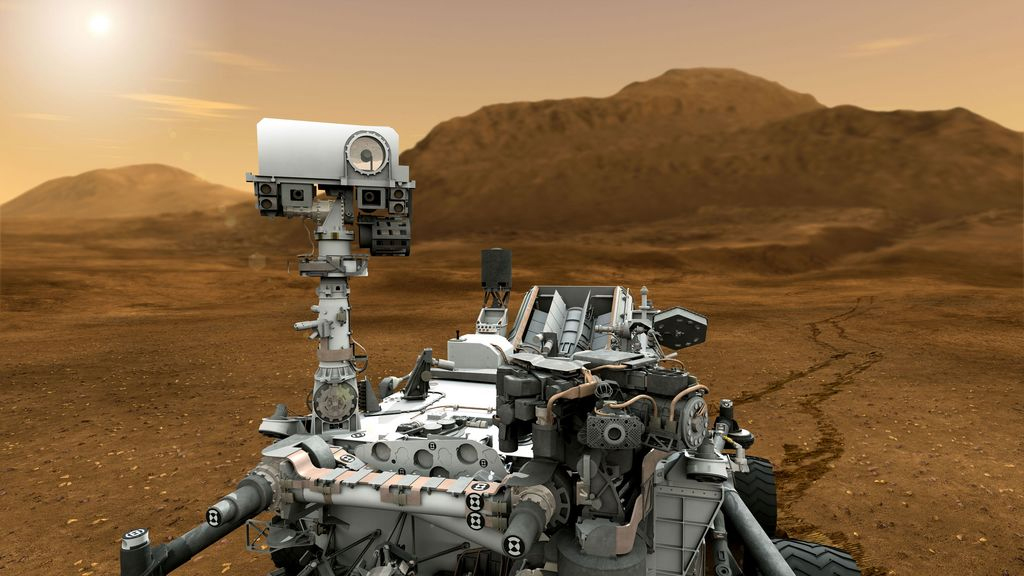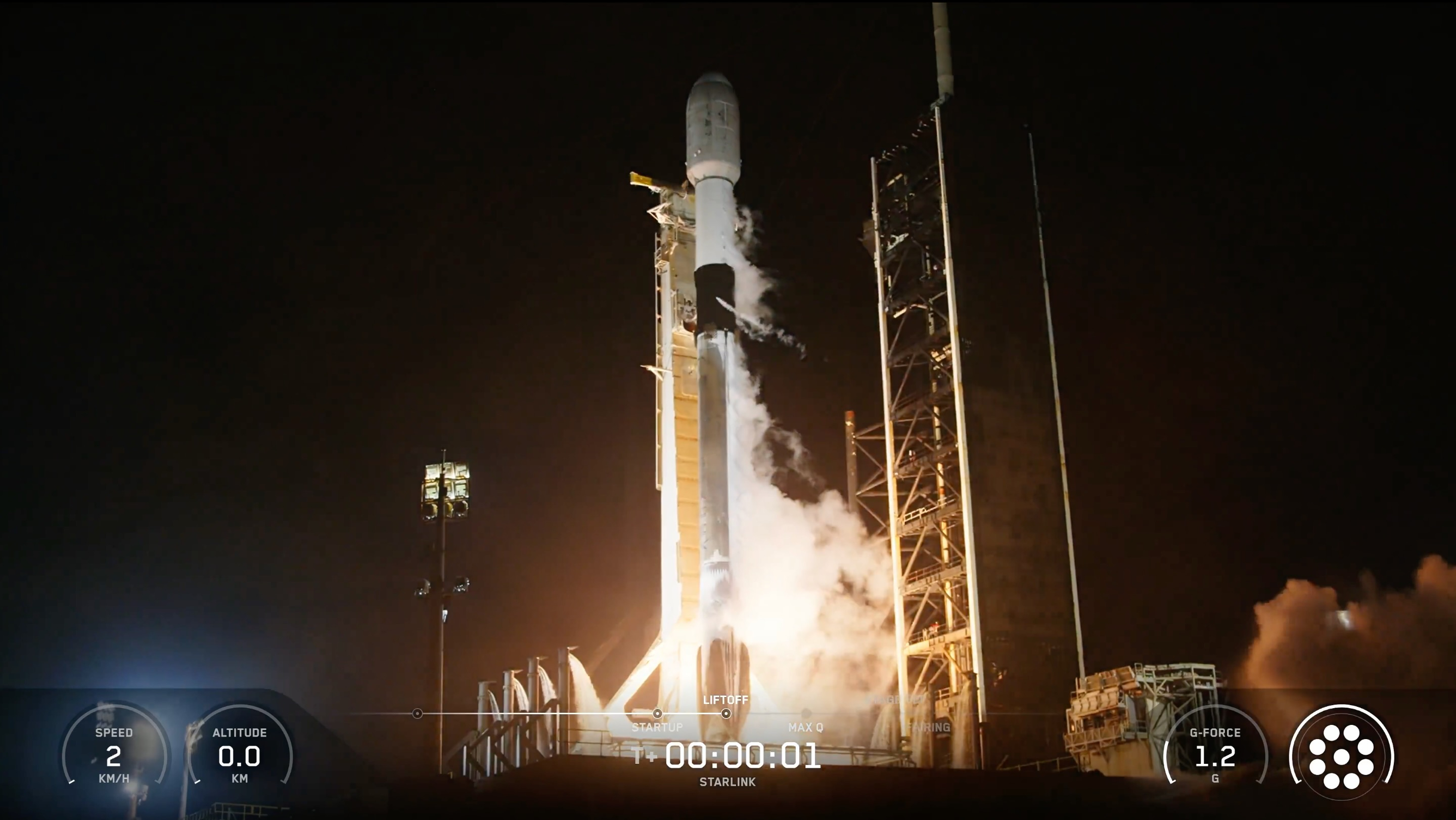Britney Spears to Mars Rover: What's New on the Red Planet?

Pop star Britney Spears is more than a music diva. She's also, apparently, a Mars rover fan.
The singer gave a Twitter shout-out this week to NASA's newest robot on the Red Planet, the Mars rover Curiosity, which landed on Aug. 5.
"So @MarsCuriosity … does Mars look the same as it did in 2000?" Spears, 30, asked the Curiosity rover on Tuesday (Aug. 14) via her Twitter @britneyspears. She also posted a link to her 2000 music video "Oops! … I Did It Again."
The memorable video features Spears, clad in body-hugging red latex, dancing on a fictional Mars (where she's the Martian) with a visiting astronaut, who ultimate presents her with a shiny jewel-studded necklace.
According to the Curiosity rover, Mars is still a happening place, even without Spears' dance moves.
"Hey Brit Brit. Mars is still looking good," the rover's Twitter feed answered back. "Maybe someday an astronaut will bring me a gift, too. Drill bits crossed ;)."
To be clear, the Curiosity rover's Twitter messages don't come from Mars. (Its human handlers at NASA's Jet Propulsion Laboratory in Pasadena, Calif., take care of that.) But the rover is definitely a social media juggernaut.
Breaking space news, the latest updates on rocket launches, skywatching events and more!
As of today (Aug. 17), the rover has 1,030,917 followers on Twitter. That's a giant leap over the rover's Facebook fan base, which currently rates at 286,495 Likes.
When Curiosity landed on Mars, NASA organized a social media blitz to reach out to the public, with Twitter events at major space centers across the country, as well as at museums and other participating centers.
The $2.5 billion Mars rover is expected to spend two years exploring the Red Planet's Gale Crater to determine if the region could have once supported primitive microbial life. The car-size Curiosity weighs a ton and is the largest rover ever sent to another world.
Today, rover mission scientists announced the first driving destination for Curiosity, a spot called Glenelg, which is about a one- or two-month drive away. The science team also picked the first rock target for Curiosity's laser, a stone dubbed N165. The rover will blast N165 sometime in the next few days to test out the laser, which allows Curiosity to determine a rock's chemical makeup by analyzing its vaporized bits.
You can follow SPACE.com Managing Editor Tariq Malik on Twitter @tariqjmalik and SPACE.com on Twitter @Spacedotcom. We're also on Facebook & Google+.

Tariq is the award-winning Editor-in-Chief of Space.com and joined the team in 2001. He covers human spaceflight, as well as skywatching and entertainment. He became Space.com's Editor-in-Chief in 2019. Before joining Space.com, Tariq was a staff reporter for The Los Angeles Times covering education and city beats in La Habra, Fullerton and Huntington Beach. He's a recipient of the 2022 Harry Kolcum Award for excellence in space reporting and the 2025 Space Pioneer Award from the National Space Society. He is an Eagle Scout and Space Camp alum with journalism degrees from the USC and NYU. You can find Tariq at Space.com and as the co-host to the This Week In Space podcast on the TWiT network. To see his latest project, you can follow Tariq on Twitter @tariqjmalik.
